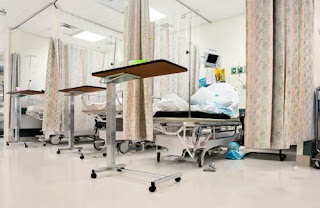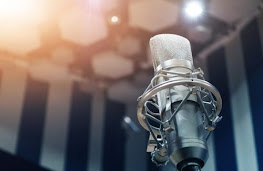Get introduced to gym acoustics
Over the years, I have got many calls from Gymnasium owners looking forward to enhance the sound in their spaces. Usually, gyms have many hard reflective surfaces and resulting lack of speech intelligibility. The first thought about sound control is generally acoustical wall panels, and these absorb sound but also water and hence, have one strike against them as people sweat in gyms and this creates much humidity, which demands for gymnasium acoustics.
Initially, it appears counter intuitive not to treat the wall first. Well, isn’t the sound bouncing off the walls and across the room? True, but the typical gyms might have an echo time between three to seven seconds. While a reverberation is a discrete reflection, echo is a series on indistinguishable, non-directional reflections, and to prevent that in the gym you should look for gym soundproofing options.
The next stage is to control side-to side reflections by adding wall panels where a direct reflection creates an irritating echo. As echo is being brought down by the hanging baffles, and there is wall cracks and gym equipment to break the reflections, lesser are required. Nonetheless, it is suggested that they should be high impact to avoid damage from a direct hit by basketballs, if the gym is active and will need gymnasium soundproofing.
A gym should always sound like one, just better. Compromise of the ideal gym echo time for every meant function will enable the widest use of the amenity. A contemporary sound engineer might prefer a very dry room for intelligibility with electronics used to add back environment when required. An extremely dead sounding gym will create a sonic disconnection with the visual space, somehow disorienting such as a recording dubbed in to a live, exterior sound track, without matching environment to surroundings.




Comments
Post a Comment